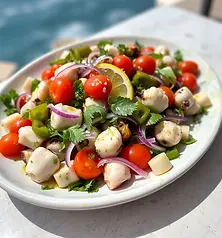Discover Traditional Cypriot Dishes and Northern Cyprus Cuisine
Northern Cyprus is a true food lover’s paradise, where Mediterranean flavours meet Turkish and Middle Eastern influences to create an unforgettable culinary experience. Whether you’re a dedicated foodie or simply love discovering new tastes, the island offers an incredible variety of restaurants, cafés, and beachside taverns to explore.
From freshly caught seafood served with sea views to traditional meze platters bursting with local flavour, dining in Northern Cyprus is always a pleasure. The region’s cuisine reflects its rich cultural heritage — expect dishes made with olive oil, halloumi cheese, grilled meats, fresh herbs, and seasonal vegetables straight from the market.
Food lovers can discover fine dining restaurants in Kyrenia, family-run taverns in Famagusta, and authentic Cypriot eateries in Nicosia, each offering a unique taste of the island’s warm hospitality. There’s also a growing international food scene, with everything from Italian and Indian to Asian fusion and modern European menus available across the TRNC.
Pair your meal with local Cypriot wines, enjoy a strong Turkish coffee, or end your evening with a sweet helping of baklava or lokma. Whether you prefer elegant dining, rustic charm, or street food simplicity, Northern Cyprus offers something delicious for every appetite.
Explore our Foodie section to discover the best places to eat, local delicacies, restaurant reviews, and insider tips for enjoying the island’s thriving food scene.
(Click on any image for more information)




















































































